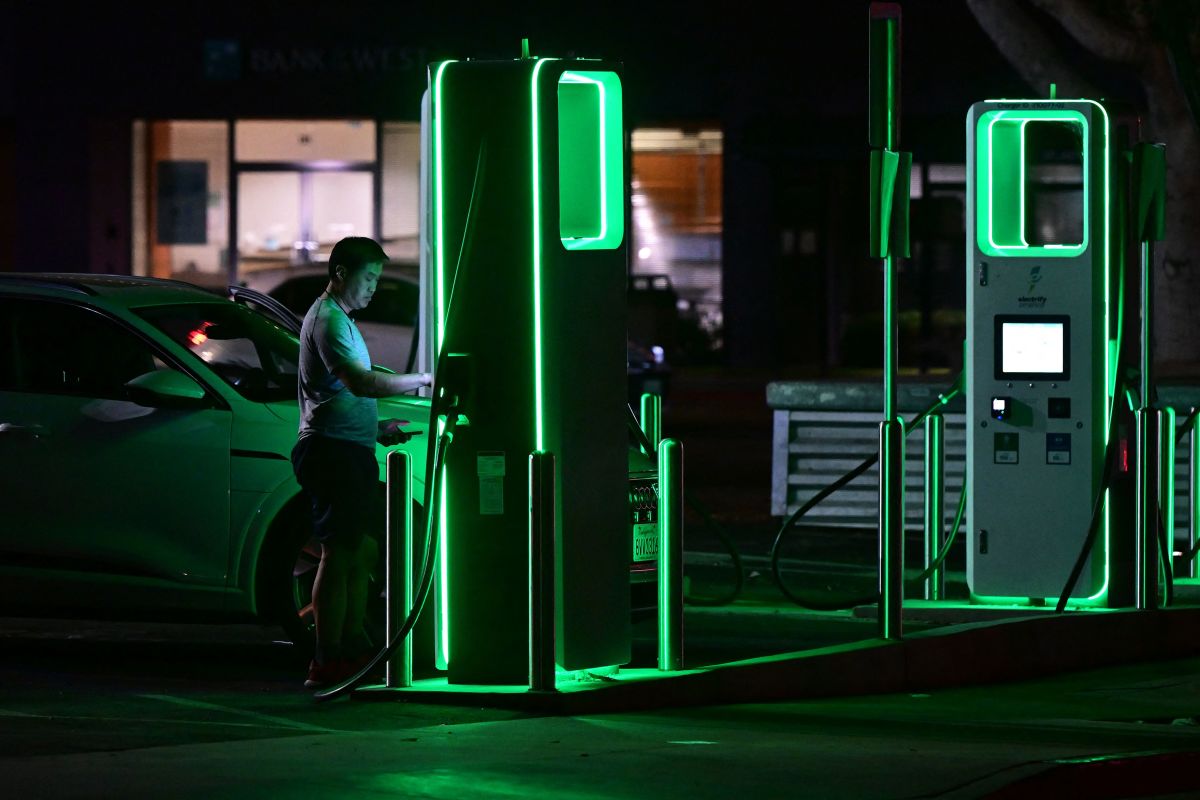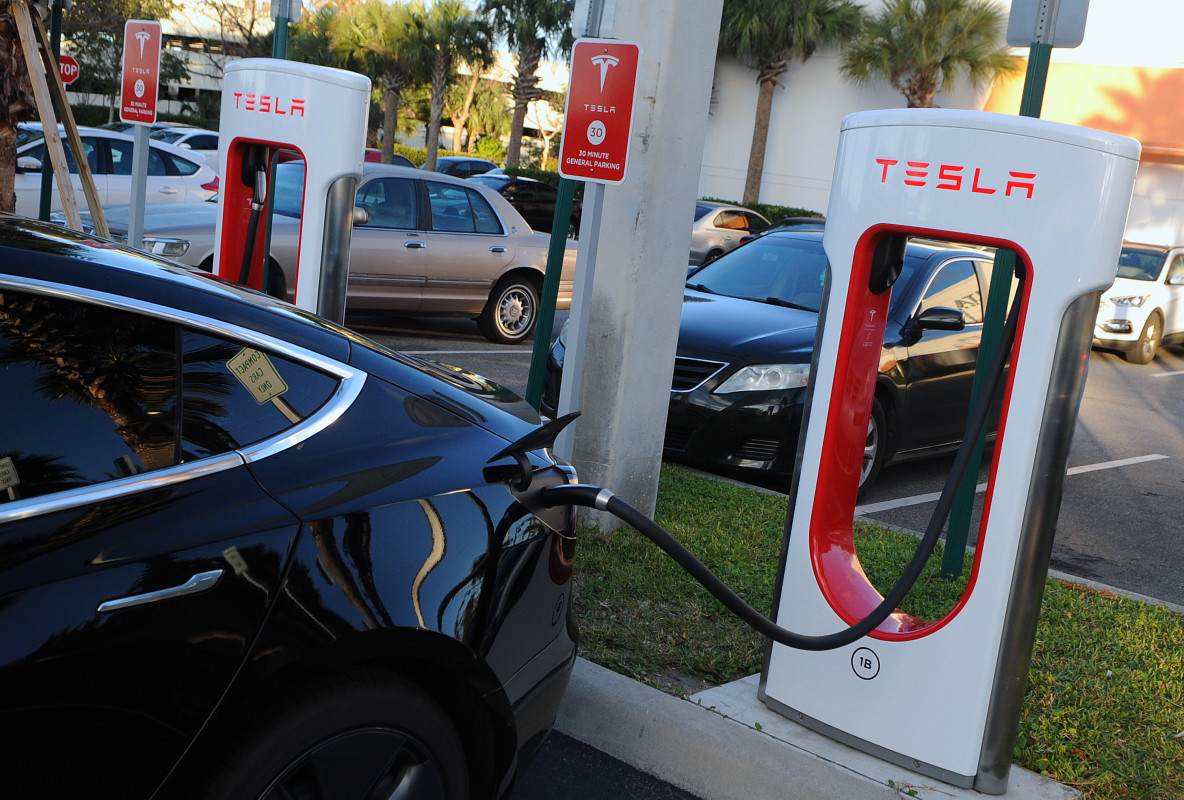
The electric vehicle adoption story this year began to turn sour.
Legacy automakers, once so confident in pushing into the sector, have begun to stall their investments and postpone their lineups in an effort to protect profits.
Reports have surfaced of the many issues EVs have compared to their internal combustion engine (ICE) counterparts, and thousands of U.S. car dealers have urged the Biden Administration to slow its 2032 plans for electric vehicle regulation.
The U.S. consumer, several car dealers recently told TheStreet, is just not yet ready for fully electric vehicles. The adoption curve, they said, has stalled somewhere between the early adopters and the masses. And there's no timeline on when the masses might begin to embrace electrification; it's something that, according to the dealers, is predicated on the industry properly addressing concerns of price, charging infrastructure and battery range.
Related: World's largest automaker makes a big new bet on electric vehicles
Yet in the midst of this environment where corporations are reacting to seemingly clear signals from the consumer, recent data shows a more complex situation.
A December report prepared by BloombergNEF for COP28 found that EV adoption is growing at a strong year-over-year rate. The growth of adoption — rather than the adoption itself — is, however, slowing.
Global passenger EV sales grew 60% from 6.5 million units in 2021 to 10.5 million in 2022, according to the report. The sector is on track to sell more than 14 million EVs for 2023, a mark that would represent a 34% year-over-year growth.
If 2023 EV sales do indeed breach that (record) 14 million mark, it would indicate a massive growth in the sector, growth that is still below that which the sector experienced between 2021 and 2022.
Related: Tesla bulls say electric vehicle demand is soaring. Here's what's really happening
The EV Outlook
The bulk of these sales in 2022 came from Europe and China, which collectively were responsible for 84% of global EV sales. The U.S. was the next-largest market, with a 12% global market share.
Electric cars, according to the International Energy Agency (IEA), had a 4% share of the global car market in 2020, a 14% share in 2022 and are expected to have an 18% share in 2023.
By 2030, the IEA said in an April report, the EV sector will "avoid the need for at least five million barrels a day of oil."
The IEA expects the world's fully electric fleet to number 180 million by the end of the decade, a 22% increase from its previous expectation.
This comes as ICE vehicle sales, after peaking in 2017 at 86 million units, have begun, gradually, to shrink, according to BloombergNEF's report. Sales of ICE vehicles have fallen on average 6% every year since 2019; excluding hybrids, only 59 million ICE vehicles were sold in 2022, a near 30% dip from that 2017 peak.
The growth in EVs, however, is not evenly distributed around the world, according to the report. In 2022, China accounted for 60% of all global EV sales, according to the IEA. A quarter of the country's new car sales were electric.
The IEA said in its report that more than half of electric cars on the roads worldwide are in China.

Europe is another leader in electrification; 21.6% of new car registrations in 2022 were electric vehicles, according to data from the European Environment Agency, an increase from the 1.74 million registrations in 2021.
In the U.S., EV sales are on track to hit 9% of all new car purchases for 2023, according to data from Atlas Public Policy, up from 5.8% in 2022. The share of EVs sold in the U.S. in 2021, according to Cox Automotive, was 3.2%.
As more EVs hit the road, the vehicles will in 2023 eliminate a net of more than 110 million metric tons of Co2 from the road transportation sector, according to BloombergNEF's report. Though this number is 26% higher than it was in 2020, it still represents just 2% of emissions from road transport.
The prevalence of EVs, according to the report, is additionally expected to void around 1.8 million barrels of oil a day in 2023.
Related: Top analysts break down the 'meltdown' of the global electric vehicle market
The data and the consumer
The total cost of EV ownership — a major concern for consumers — is in some segments reaching parity with ICE vehicles, according to the report. Some electric SUVs (with higher annual mileage, and especially in locations with higher gasoline prices) have a lower total cost of ownership than their ICE counterparts, despite the ongoing up-front cost disparity.
And those automakers that sell exclusively EVs — like Tesla (TSLA) -) — accounted for close to 7% of all new cars sold around the world in the first half of 2023, according to the report.
Still, the U.S. consumer, according to a long list of car dealers, is not responding to company or government incentives in switching to EVs. And concerns persist over a lack of charging infrastructure as adoption attempts to expand to a mass market that might not have access to a garage for overnight charging.
According to the dealers, EV supply has outpaced demand by a hefty margin.
"I don't see things changing enough in the next nine years," Rick Germain, the president of Germain Automotive Partnership, told TheStreet. "We're excited about EVs. But I think we need to slow down, wait for infrastructure to get better, wait for technology to get better, wait for the cost to come down."
EV adoption continues to expand, but the annual growth in that adoption is occurring at a lower rate as consumer interest — highlighted by recent polling from S&P Global Mobility — fluctuates.
Contact Ian with tips via email, ian.krietzberg@thearenagroup.net, or Signal 732-804-1223.
Related: Why Elon Musk's high Cybertruck pricing is actually a good thing
Discuss trade ideas with Hedge Fund Managers and experienced Day Traders. Get Real Money Pro now.







